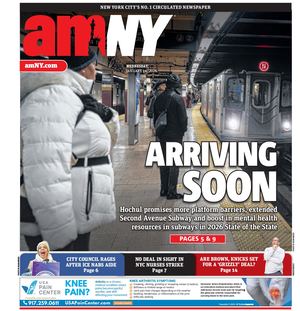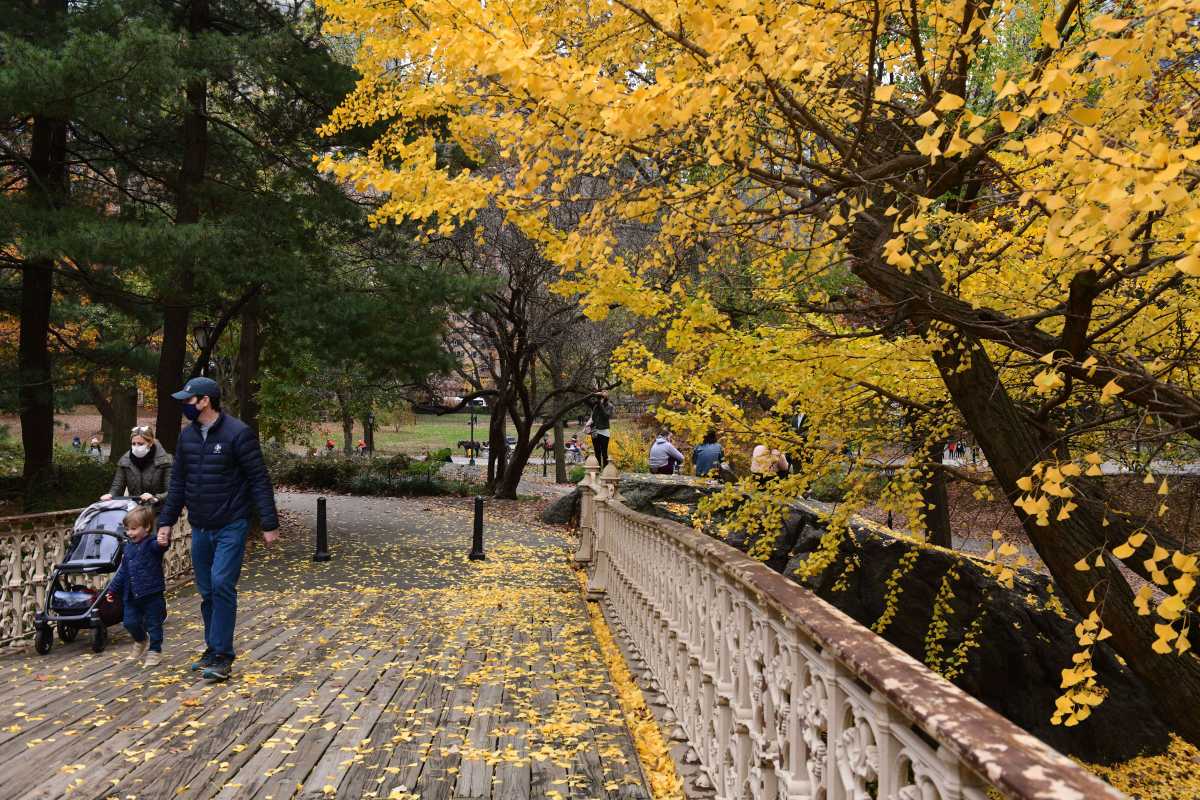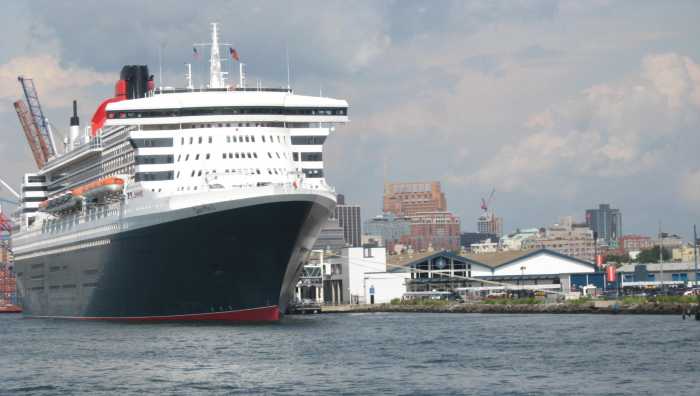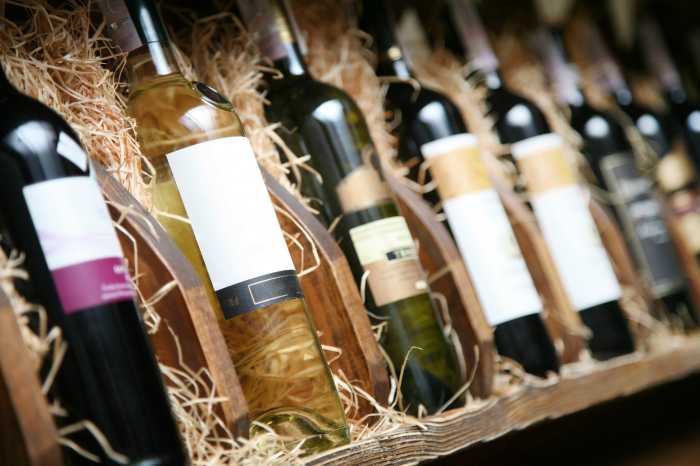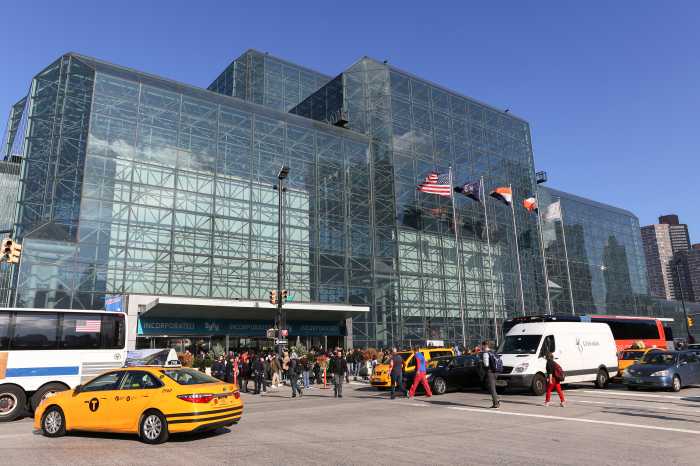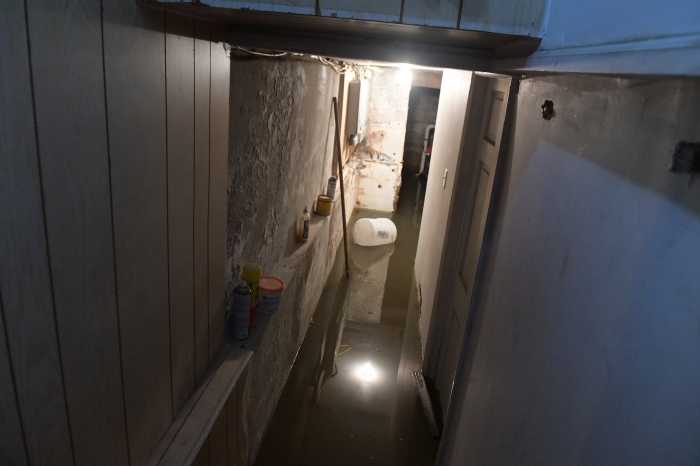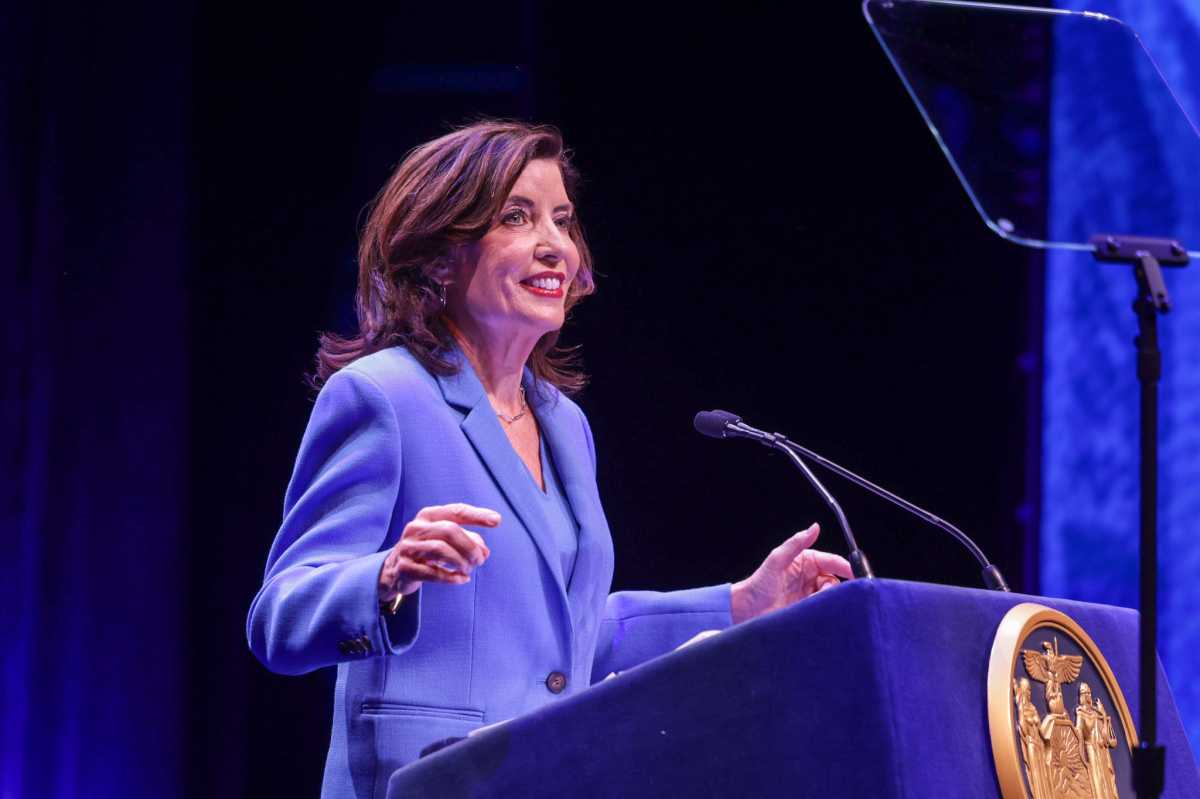Our urban forest is a defining feature of New York City, providing New Yorkers with a variety of benefits, from cleaning the air we breathe and lending shade on hot days, to offering pockets of nature that act as a respite from the grind of city life. Trees and green space are essential to city residents, and this fact became strikingly clear as COVID-19 heightened the importance and appreciation of our urban forest, street trees, and natural areas. The city’s green spaces often became our only refuges for mental and physical health, and served as hubs for community resilience.
The pandemic also highlighted the disparities in access to the city’s sought-after green and natural spaces, clearly showing who in New York lacks access to trees and their numerous benefits. Low-income communities and communities of color have less tree cover and higher average temperatures in their neighborhoods than higher-income areas, demonstrating that trees and their vital benefits are not being equitably distributed across our city. This causes environmental justice communities with less tree cover to suffer from poorer air quality, increased risk of asthma, and other respiratory illnesses – all further exacerbated by extreme heat. Environmental justice communities disproportionately grapple with poor air quality caused by various pollution sources such as trucks, highways, power plants, and industrial facilities. The pollution and associated negative health effects can be partially mitigated by greater tree cover, as trees not only have the ability to store and absorb carbon emissions that are driving the climate crisis, but also absorb harmful co-pollutants like particulate matter. Additionally, trees mitigate the urban heat island effect through shading and cooling neighborhood streets.
COVID-19 underscored that access to green space is not a luxury, but rather a necessity for all communities. New Yorkers need walkable access to nature for overall health and well-being, especially individuals and families living in communities that grapple with environmental burdens, climate hazards, and social vulnerabilities. As health concerns increased during the pandemic and outdoor areas were deemed safer than indoors, green spaces became essential, providing a rare sense of relief and community during the city’s darkest days. Yet not everyone could enjoy those benefits. Black and brown communities in New York have access to 33 percent less park space than residents in largely white neighborhoods.
The historic, racist practice of redlining contributed significantly to today’s existing tree and green space disparity. While the practice of redlining is now banned, its legacy is still felt today across many New York City neighborhoods – including Lower East Side, Harlem, the South Bronx, and North and Central Brooklyn – who now have fewer trees as a result. These same communities are particularly vulnerable to more frequent extreme heat events and heat waves, which climate projections show will triple or quadruple in the coming decades. While climate change will only exacerbate these risks, trees have the potential to mitigate the urban heat island effect. We believe New York City’s leaders can not only right these wrongs and undo the harmful legacy of redlining, but lead on this issue by championing nature-based solutions and comprehensive climate adaptation actions.
In 2021, the New York City Environmental Justice Alliance and a multi-sector coalition of nonprofit, government, business, and community leaders formed Forest for All NYC with several visionary goals, including addressing the inequities that exist in the distribution of tree canopy coverage across neighborhoods. Our organization, alongside Forest for All NYC, is leading the effort to ensure that the benefits of, investments in, and jobs created for the urban forest are equitably distributed. The coalition’s strategic roadmap, the NYC Urban Forest Agenda, lays out an array of opportunities to make significant and equitable investment in our urban forest.
It’s time that New Yorkers living in communities without sufficient parks and green space have increased nature-based public investment and greater access to the benefits of our urban forest. With a new Mayoral administration and dozens of new City Council members taking office early next year, the moment is ripe for change. The disparity in access to the urban forest and green space impacts our most vulnerable residents. Now is the moment for New York’s leaders to advance the investments and policies needed to protect, maintain, and grow the urban forest – with a focus on environmental justice communities.
Annel Hernandez is the Associate Director of the New York City Environmental Justice Alliance. Shravanthi Kanekal is the Resiliency Planner for the NYC Environmental Justice Alliance. Victoria Sanders is the Research Analyst at the NYC Environmental Justice Alliance.
